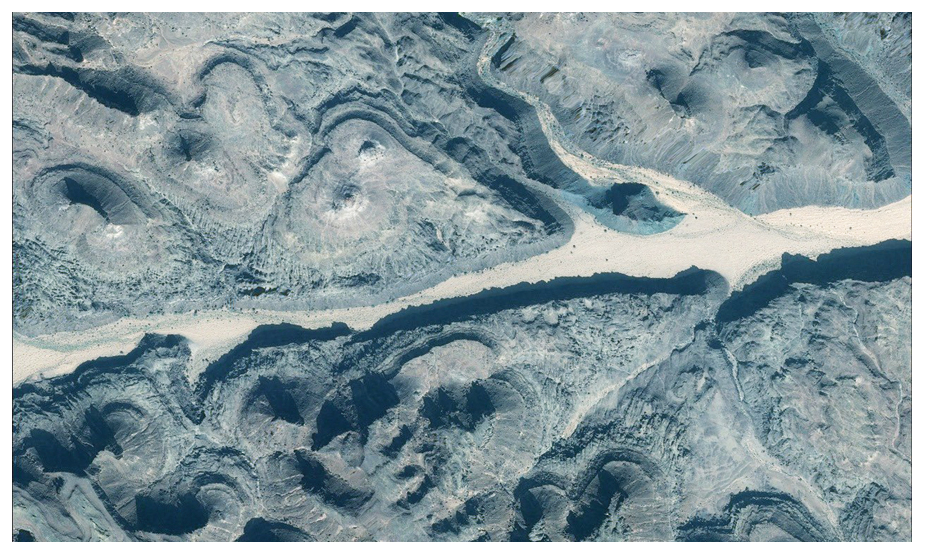JEDDAH: Saudi Arabia is set to host the 41st Gulf Cooperation Council (GCC) Summit at the ancient capital of historic civilizations, AlUla.
Once at the crossroads of antiquity, AlUla Valley will host the summit on Jan. 5 at Maraya Concert Hall, a cube-shaped structure covered by more than 9,500 square meters of mirrors reflecting the striking surrounding landscape.
Inaugurated in 2019 and dubbed the “mirrored wonder” due to the giant sheets of glass attached to the structure, the hall is located in Wadi Ashaar near the volcanic freeway, where it is surrounded by mountainous terrain. It can can seat up to 500 guests and has hosted a number of cultural events since its opening.
The location of the summit is significant. Tucked away in the shadows of the Hijaz Mountains that span the length of the western region, AlUla was once a city bustling with activity and its influence reached across the Arabian Peninsula and beyond.
Opinion
This section contains relevant reference points, placed in (Opinion field)
Today, AlUla is rediscovered and thriving, and the former trade capital of ancient kingdoms will hold one of the most important summits of the region, re-establishing its significance in the modern world.
In his weekly Cabinet meeting, King Salman said that he hoped the summit would succeed in promoting joint action and expanding cooperation and integration among member states. At King Salman’s request, the secretary-general of the GCC, Nayef Falah Al-Hajjraf, invited the leaders of the member states to the summit. The six member states of the GCC are Saudi Arabia, UAE, Bahrain, Oman, Qatar and Kuwait.

“The 41st summit marks the beginning of a new chapter for the GCC as it enters its fifth decade,” Al-Hajjraf said.
Sheikh Ali Al-Khalid Al-Sabah, the Kuwaiti ambassador to Saudi Arabia, underscored the significance of the 41st session of the Gulf summit due to the region’s recent political developments.
The envoy said that the summit hosted by the Kingdom would have a positive and fraternal atmosphere. The atmosphere among GCC leaders reflected “the spirit of responsibility and sincere belief in the importance of strengthening Gulf solidarity in facing common challenges and establishing peace and stability for the benefit” of the council.
BACKGROUND
Inaugurated in 2019 and dubbed the ‘mirrored wonder’ due to the giant sheets of glass attached to the structure, the hall is located in Wadi Ashaar near the volcanic freeway, where it is surrounded by mountainous terrain.
The region was facing great political and economic challenges, he said. GCC leaders would discuss these issues with a united vision that stemmed from their belief in a common destiny and a keenness to preserve the interests of the region’s countries and their peoples.
The Kingdom is hosting the GCC summit for the 10th year. AlUla Valley contains a number of historic sites that were once home to the ancient Dadan and Lihyan civilizations. The Royal Commission for AlUla has made it its mission to return it to its rightful place as a cultural oasis.
Inaugurated in 1981, the GCC Summit was hosted by Sheikh Zayed Al Nahayan in Abu Dhabi and paved the way for the region to enhance and strengthen cooperation and ties among member states.


















